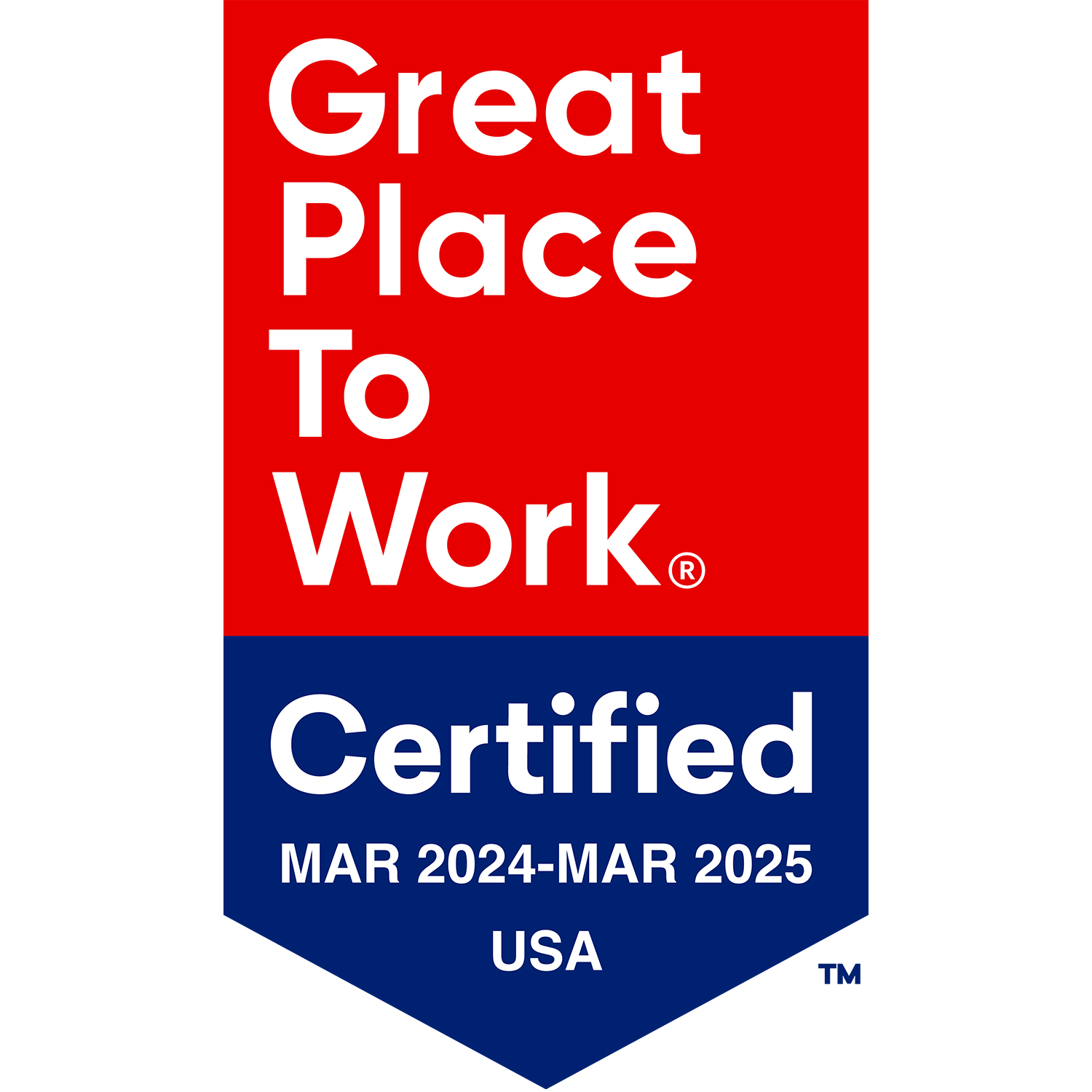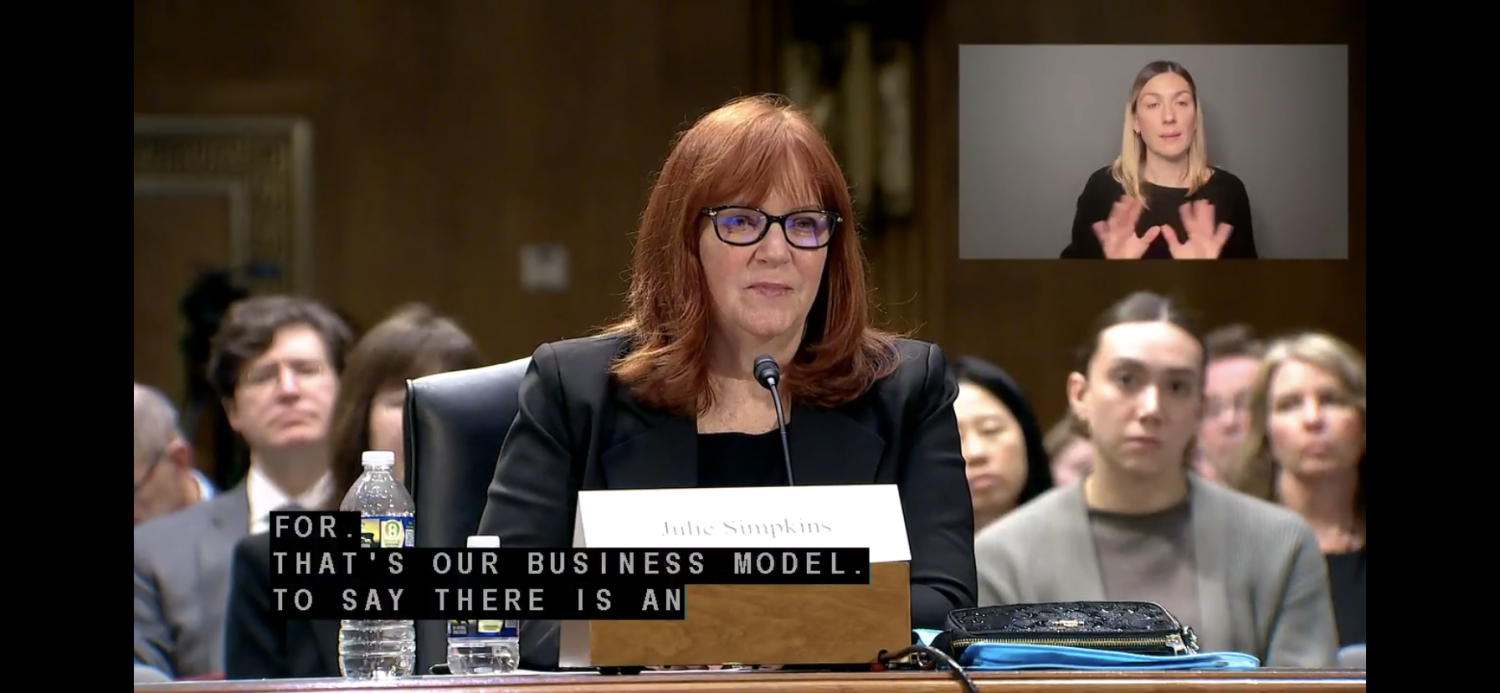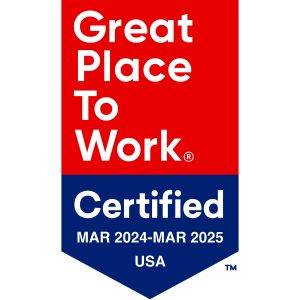By Rick Banas of Gardant Management Solutions
One of the questions that was raised during the recent White House Conference on Aging was how can we build physical activity back into our culture here in the United States.
I am not talking about strenuous high-intensity aerobic and strength-training workout routines. I am talking about natural physical activity such as walking.
Growing up for the first eight years of my life in the City of Chicago and then in a surrounding suburb, walking was normal. We would walk to see our relatives, to go shopping, and to go to church and school, all of which were a mile or more away. One of the reasons we walked so much early on in my life is that we didn’t have a car.
As I grew older, my only option if I didn’t want to walk to school, the park, the swimming pool, the library or a friend’s house was to ride my bike. We were a one-car family, and my Dad relied on the vehicle to get him to and from work.
Unless the weather did not allow, when we were not in school, we were outside playing pick-up games of baseball, basketball and football with whoever happened to be available. We played on driveways, in vacant fields and parking lots, on the street and in an alley. Where didn’t matter so long as we were outdoors playing.
The love of being outdoors and walking instilled in my childhood continues to this day. If I can walk rather than drive, I walk.
In a Blog that was posted this past Saturday in The New York Times, Jeff Gordinier recounts his experience with longevity expert Dan Buettner. Dan has studied parts of the world where people are living the longest and the healthiest lives. Walking is a common form of transportation among the people who live in those areas. Read Jeff’s “No Kale Required” blog about his dinner with Dan.
In addition to walking, I began doing Tai Chi nearly three ago. It is involves a combination of slow physical movements, breathing and meditation. Both my balance and flexibility have improved and I have experienced far fewer problems with allergies.
Research shows that physical activity helps us in so many ways. It helps our bodies and our minds. It helps in reducing and in managing chronic disease.
As Dr. David Fisher reminds us in his book “How To Keep Mom (and Yourself) Out of a Nursing Home,” the best way to keep moving is to keep moving. Loss of mobility dramatically increases the odds that you will need nursing home care.
This is why in the assisted living communities that we manage we strongly encourage residents to walk to and from the dining room and activities rather than get pushed in a wheelchair if at all possible. Staff members will provide the necessary assistance.
Residents also are able to take advantage of the exercise programs that are offered.
For adults 65 and older, the U.S. Centers for Disease Control and Prevention (CDC) says that ten minutes of physical activity at a time is fine.
As one of the speakers pointed out during the 2015 White House Conference on Aging, life can be good at any age as long as we stay active and engaged.
How do we build physical activity back into our culture here in the United States?
All affordable assisted living communities managed by Gardant Management Solutions are certified and surveyed by the Illinois Department of Healthcare and Family Services. All assisted living communities are licensed and surveyed by the Illinois Department of Public Health.
“Gardant Management Solutions is the leading provider of assisted living in Illinois and one of the 20 largest providers of assisted living in the United States.”
What are your thoughts? Leave a comment and let us know.




